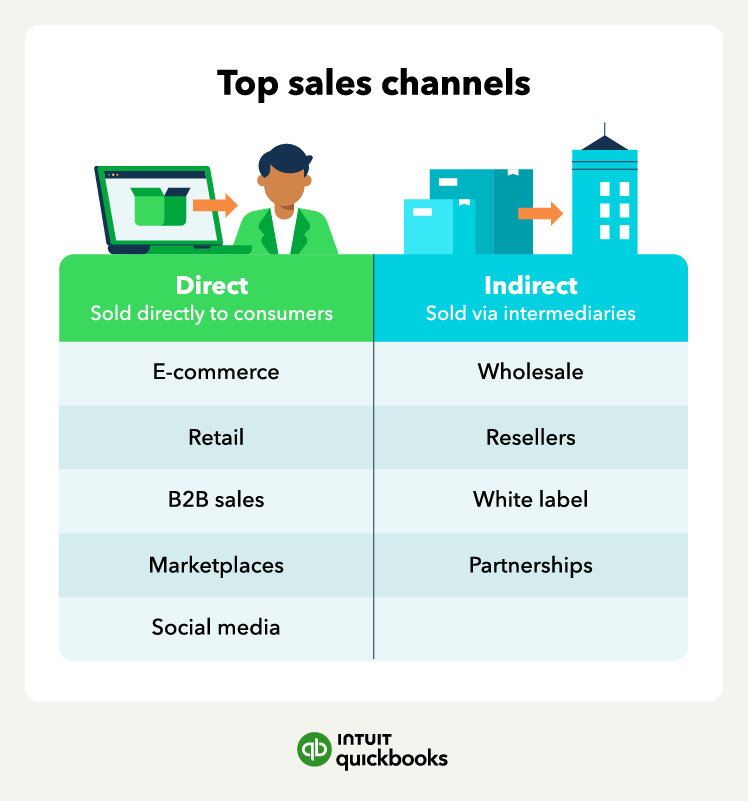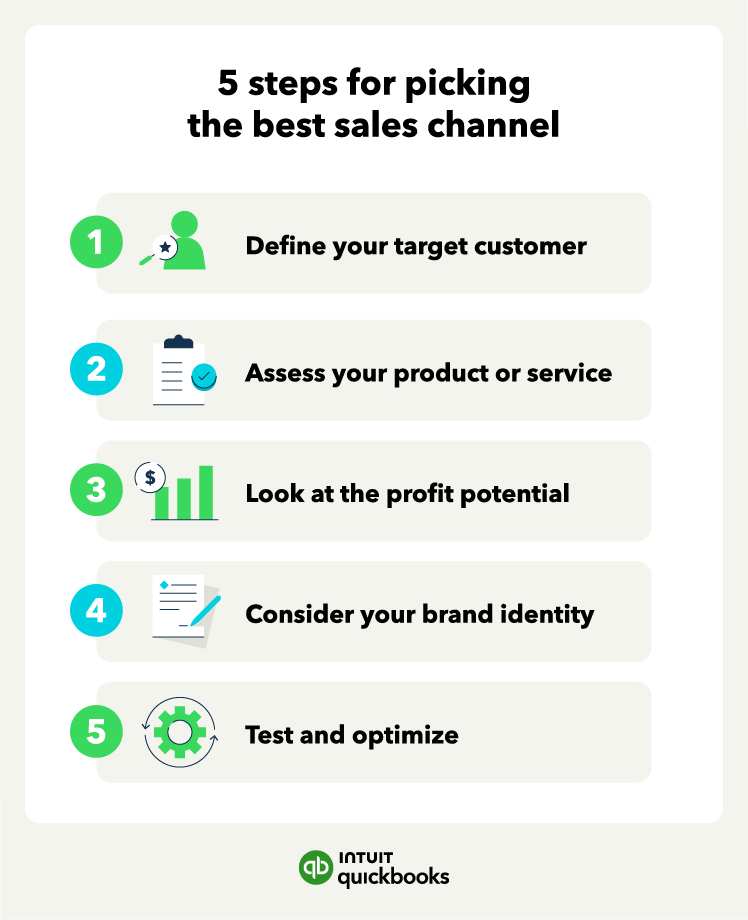Here’s a quick five-step process for finding the right sales channel for your product.
Step 1: Define your target customer segment
Before selecting a sales channel, it's essential to identify your ideal customer segment. Who are they? Where do they shop? What are their preferences? Knowing your target audience will help you choose the most effective sales channels to reach them.
2. Assess your product offering
Consider the type of product or service you offer and how it fits into each sales channel. For example, if you sell high-end electronics, an online marketplace like Amazon might not be the best fit due to competition and price sensitivity. On the other hand, if you offer a niche service, specialized online communities or social media groups could be a better choice.
3. Evaluate the profit potential
Each sales channel has its costs, including fees, commissions, and marketing expenses. Consider these costs carefully and evaluate the revenue potential of each channel. Calculate your break-even point and projected profit margins to determine which channels are worth investing in.
4. Consider your brand identity
Your brand identity and values should align with the sales channels you select. For instance, if sustainability is crucial to your brand, partnering with a platform that promotes fast delivery may not be suitable. Instead, look for channels that support your values and contribute to your brand reputation.
5. Test and optimize your channels
No one sales channel is perfect for every business, so experimentation is key. Try out different channels, track performance metrics (such as retention rates and other KPIs to track as a small business), and optimize your strategies based on insights. This process helps you identify the most profitable sales channels and adjust your tactics accordingly.













